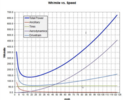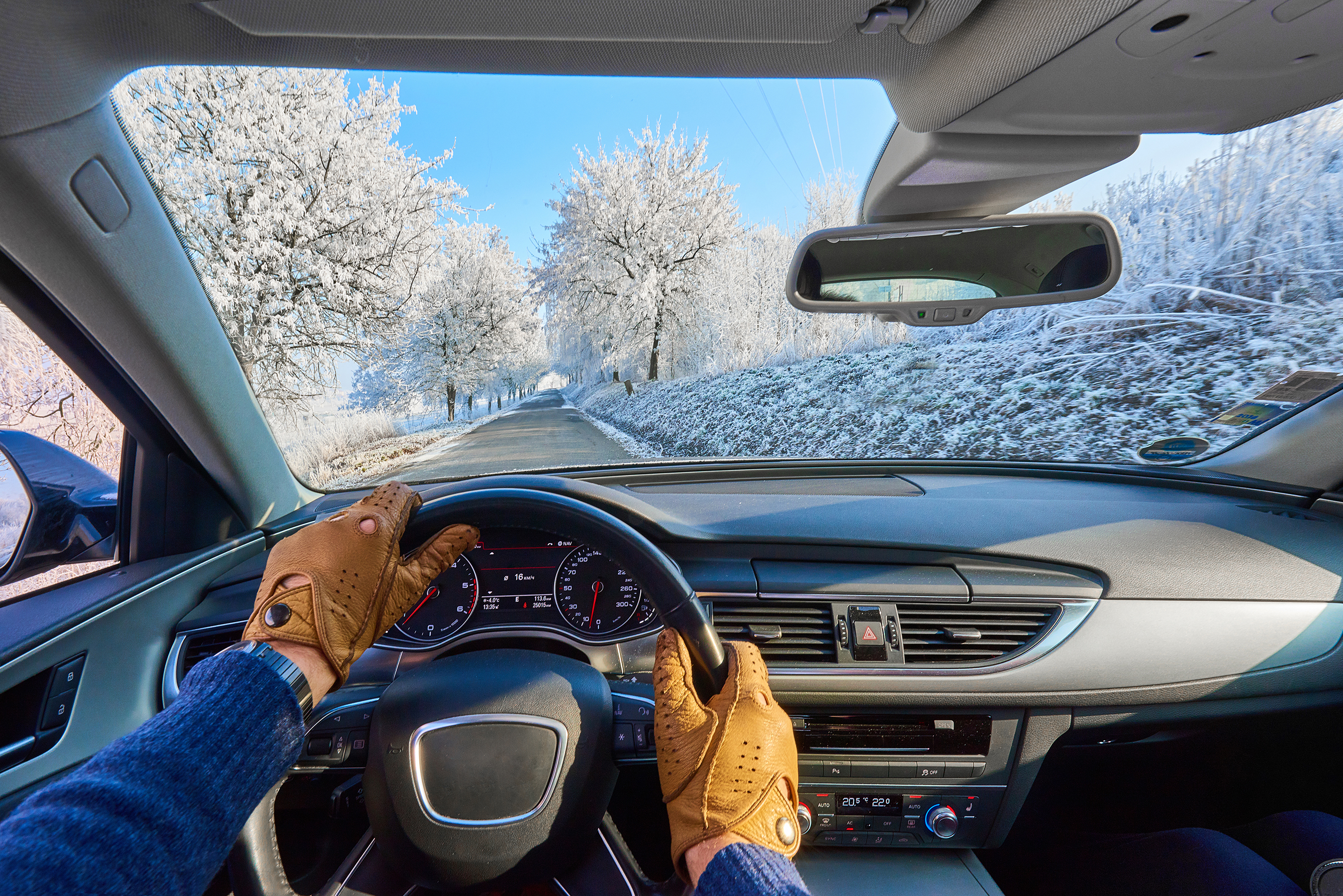Cold weather and winter driving conditions can significantly reduce fuel economy. Fuel economy tests show that, in city driving, a conventional gasoline car's gas mileage is roughly 15% lower at 20°F than it would be at 77°F. It can drop as much as 24% for short (3- to 4-mile) trips.
Cold weather and winter driving conditions can significantly reduce fuel economy.

www.energy.gov
I've never noticed any signifiant decrease in fuel economy associated with cold temperatures in any of the dozens of ICEVs I've owned and I've got data to support that.
Here is a graph showing fuel economy for four years of fill-ups in my '19 MX-5 Miata. You can graph the fill-ups in the other vehicles I've tracked with Fuelly and you'll notice the same.
In fact, I've dispelled a
lot of myths by logging this data such as:
- Fuel economy will increase after the engine breaks in
- Fuel economy will increase after each engine oil change
- Fuel economy will decrease during the Summer due to A/C use
- Fuel economy will change due to use of Summer/Winter gasoline formulations
- Fuel economy will increase if you use a higher octane than required
What
does significantly change fuel economy is how hard I press the accelerator and brake pedals.

For my first nine months of ownership, I used 5% SoC during my 14-mile commute to work every day. Yesterday, my Model Y saw the coldest temperature since I took delivery - about 20ºF. I used 8% of the battery's SoC during the exact same commute. And, the battery's SoC decreased
another 3% just sitting outside asleep at the office. When I got home yesterday evening, it took twice as much energy to reach my charging limit as it normally would.
This is not a problem for me because I don't normally drive more than 50 miles per day, but from what I observed based on actual experience, there was a major decrease in range in my EV due to cold weather compared to no significant difference in range in my ICEVs.
I still prefer EVs over ICEVs at this point and for my use case, but I think it's something that potential and recent EV buyers need to be aware of.




